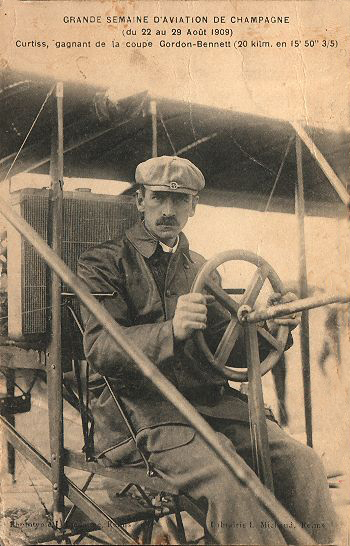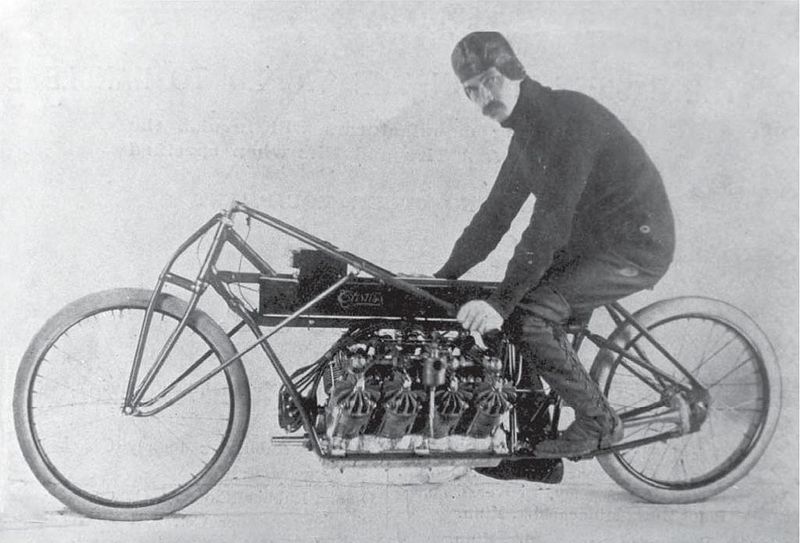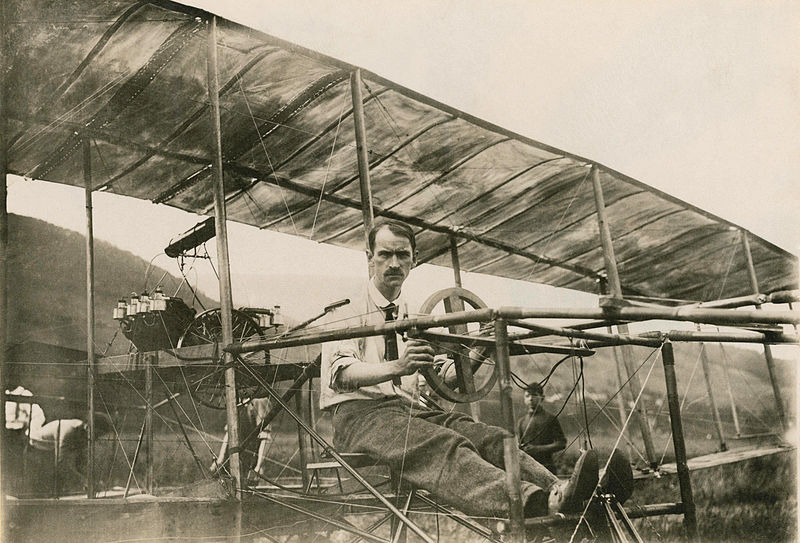
- For PC
- For MAC
- For Linux
- OS: Windows 10 (64 bit)
- Processor: Dual-Core 2.2 GHz
- Memory: 4GB
- Video Card: DirectX 11 level video card: AMD Radeon 77XX / NVIDIA GeForce GTX 660. The minimum supported resolution for the game is 720p.
- Network: Broadband Internet connection
- Hard Drive: 23.1 GB (Minimal client)
- OS: Windows 10/11 (64 bit)
- Processor: Intel Core i5 or Ryzen 5 3600 and better
- Memory: 16 GB and more
- Video Card: DirectX 11 level video card or higher and drivers: Nvidia GeForce 1060 and higher, Radeon RX 570 and higher
- Network: Broadband Internet connection
- Hard Drive: 75.9 GB (Full client)
- OS: Mac OS Big Sur 11.0 or newer
- Processor: Core i5, minimum 2.2GHz (Intel Xeon is not supported)
- Memory: 6 GB
- Video Card: Intel Iris Pro 5200 (Mac), or analog from AMD/Nvidia for Mac. Minimum supported resolution for the game is 720p with Metal support.
- Network: Broadband Internet connection
- Hard Drive: 22.1 GB (Minimal client)
- OS: Mac OS Big Sur 11.0 or newer
- Processor: Core i7 (Intel Xeon is not supported)
- Memory: 8 GB
- Video Card: Radeon Vega II or higher with Metal support.
- Network: Broadband Internet connection
- Hard Drive: 62.2 GB (Full client)
- OS: Most modern 64bit Linux distributions
- Processor: Dual-Core 2.4 GHz
- Memory: 4 GB
- Video Card: NVIDIA 660 with latest proprietary drivers (not older than 6 months) / similar AMD with latest proprietary drivers (not older than 6 months; the minimum supported resolution for the game is 720p) with Vulkan support.
- Network: Broadband Internet connection
- Hard Drive: 22.1 GB (Minimal client)
- OS: Ubuntu 20.04 64bit
- Processor: Intel Core i7
- Memory: 16 GB
- Video Card: NVIDIA 1060 with latest proprietary drivers (not older than 6 months) / similar AMD (Radeon RX 570) with latest proprietary drivers (not older than 6 months) with Vulkan support.
- Network: Broadband Internet connection
- Hard Drive: 62.2 GB (Full client)

Glenn Hammond Curtiss (born May 21, 1878 – died July 23, 1930) was born in Hammondsport, N.Y. He was an American aviation pioneer and a founder of the U.S. aircraft industry. He began his career as a bicycle racer and builder before moving on to motorcycles. As early as 1904, he began to manufacture engines for airships. In 1908 Curtiss joined the Aerial Experiment Association (AEA), a pioneering research group, founded by Alexander Graham Bell at Beinn Bhreagh, Nova Scotia to build flying machines.
Curtiss made the first officially witnessed flight in North America, won a race at the world's first international air meet in France, and made the first long-distance flight in the United States. His contributions in designing and building aircraft led to the formation of the Curtiss Aeroplane and Motor Company, now part of Curtiss-Wright Corporation. His company built aircraft for the U.S. Army and Navy, and, during the years leading up to World War I, his experiments with seaplanes led to advances in naval aviation. Curtiss civil and military aircraft were predominant in the interwar and World War II eras.
|
Glenn Curtiss on his V8 motorcycle in 1907 |
After finishing school, Curtiss worked for the telegraph company and later for the Kodak Company. Having acquired a taste for mechanics and a passion for speed, he opened a bicycle shop. He raced bicycles and won many prizes locally and statewide. When motorcycles became available, he raced them as well, and in 1902 he started to make and sell first the engines, then the complete motorcycles, at his shop. He became famous as a race rider and in 1906, riding an eight-cylinder cycle of his own construction, set a speed record of 137 miles per hour (220 kmh) , which stood for 20 years.
After the dirigible balloonist Thomas Scott Baldwin ordered an engine for one of his balloons from Curtiss, Curtiss concentrated on the area of flight. A balloon powered by a Curtiss engine won a major race at the St. Louis International Exposition in 1904. Baldwin moved to Hammondsport, and the two men manufactured the first dirigible adopted by the U.S. Army.
|
Glenn Curtiss in his Biplane, July 4, 1908. |
The successful flight of the Wright brothers in 1903 had demonstrated the potential of heavier-than-air craft, and Curtiss now turned in this direction. Alexander Graham Bell, the Scots inventor of the telephone, was a staunch supporter of aircraft development, and in 1907 established the Aerial Experiment Association at Hammondsport, placing Curtiss in charge of it’s experiments. A year later Curtiss won the Scientific American trophy flying his famous June Bug. During the following years he won many air races both in the United States and abroad. He barnstormed across the country, popularizing and romanticizing the idea of flying, he also established a number of flying schools, which benefited from his fame.
In 1908 Curtiss began to work on the problems of seaplanes and 3 years later successfully took off from, and landed again on, the water off San Diego, California. In 1912 he developed his famous flying boat; where in 1919 - his NC4, developed for the U.S. Navy, became the first airplane to cross the Atlantic Ocean.
After the outbreak of World War I Curtiss moved his manufacturing facilities to Buffalo and built, by 1919, more than 5,000 Jennies. Although he had become wealthy, these years were marred by a court fight with the Wright brothers over the invention of the aileron, which Curtiss had developed for Bell's association.
After the war Curtiss worked on automobiles and other devices as well as airplanes and was highly active in the Curtiss-Wright Corporation, but his real period of pioneering in aviation had ended by 1920.
The War Thunder Team





